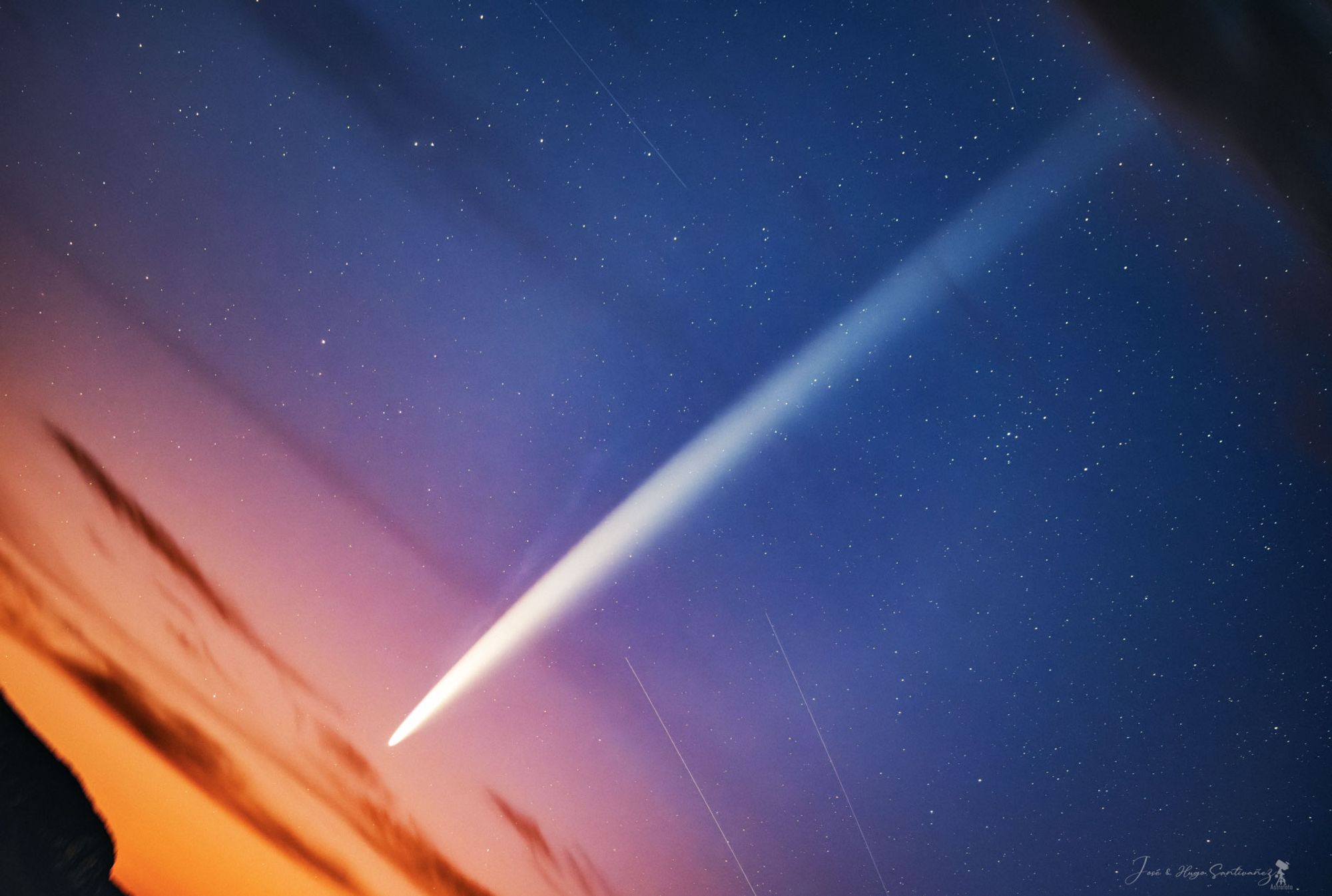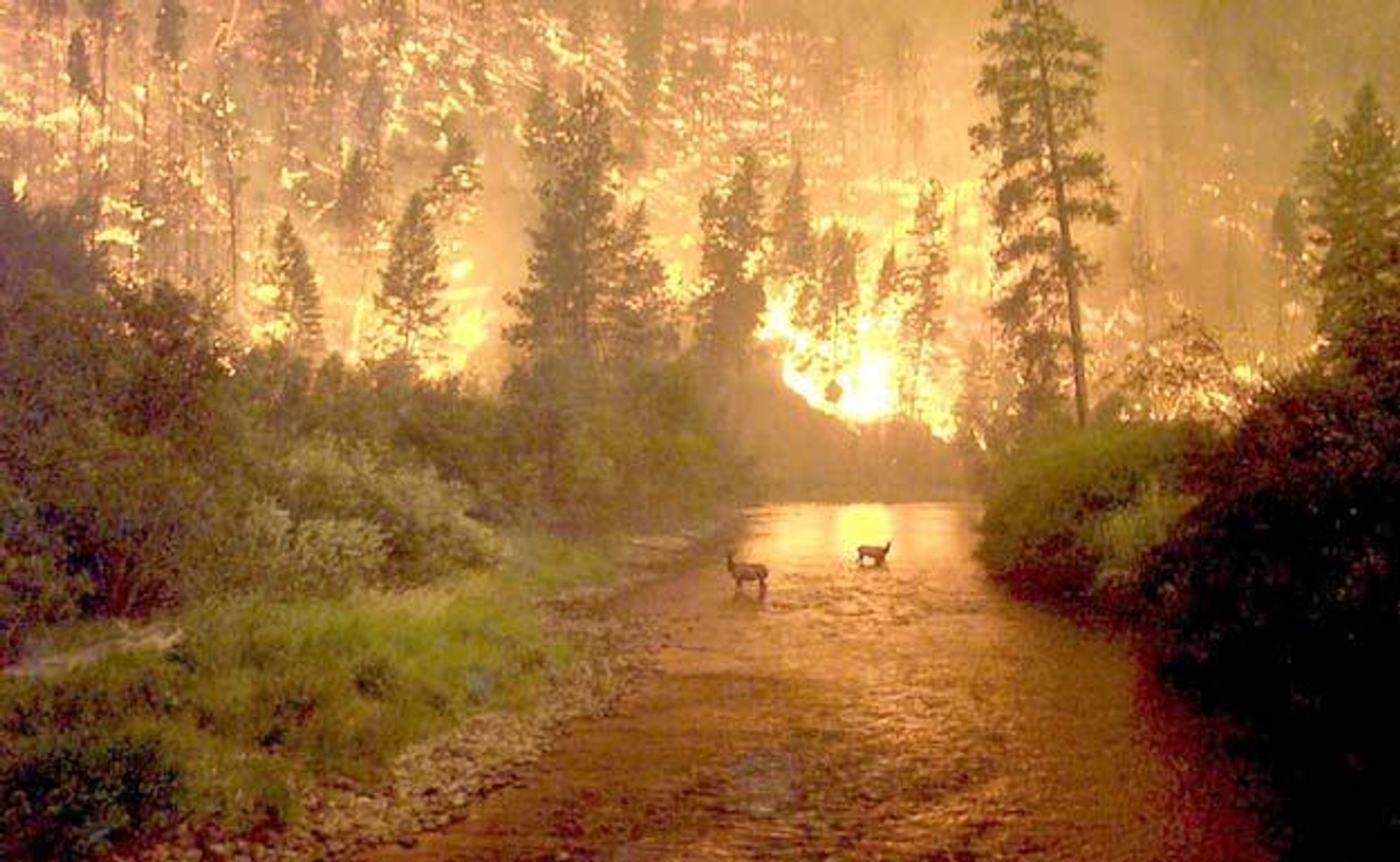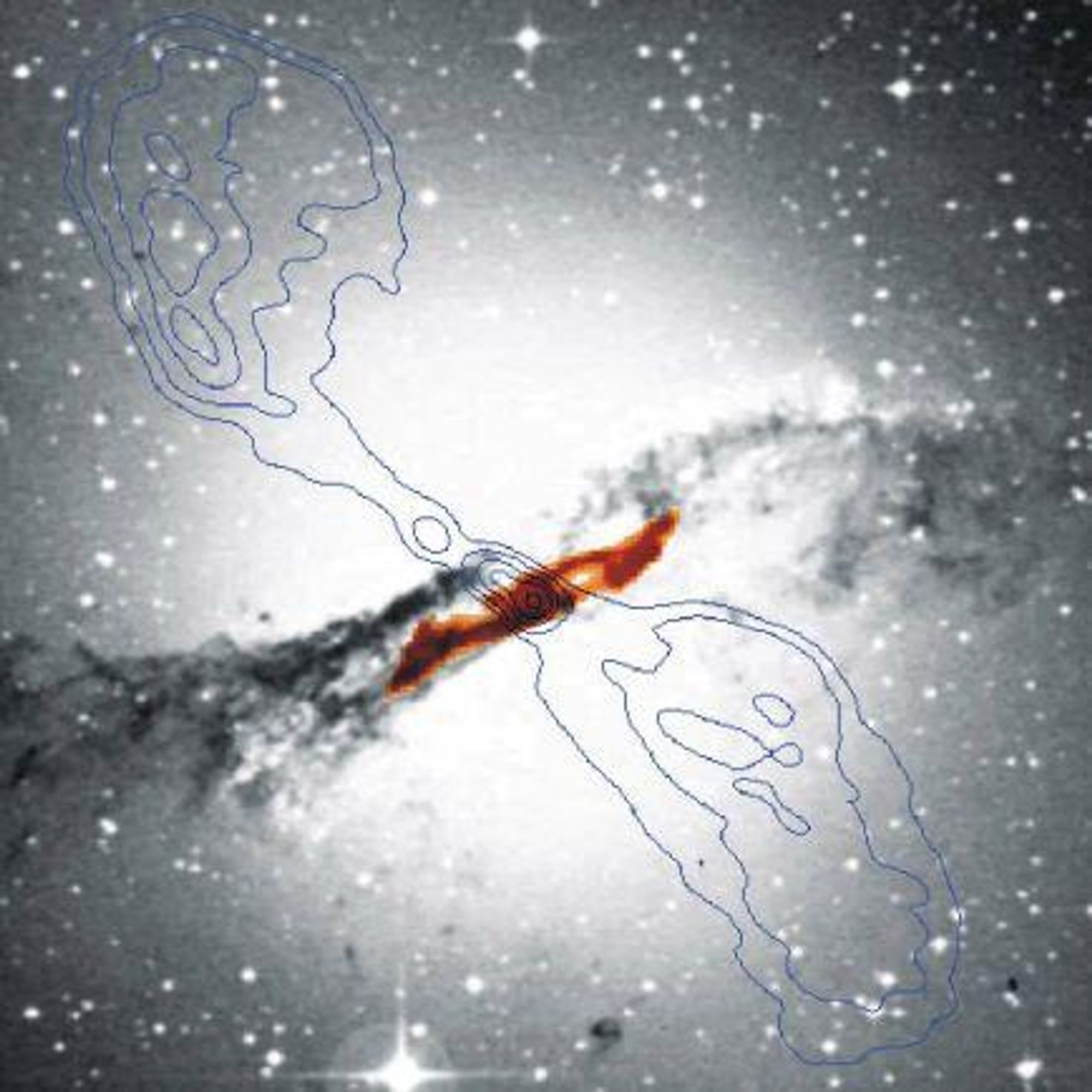APOD: 2024 October 7 – The Long Tails of Comet Tsuchinshan ATLAS
Your Sky Surprise: What picture did APOD feature on your birthday? (post 1995)
Supernumerary Rainbows over New Jersey Source: https://apod.nasa.gov/apod/ap221127.html #ainbow #supernumeraryainbow #rinbos #sky nature #eather #photgraphy #cience #hysics#ligh #wave #intererence #huricane #forence jersey #nejerse #apod #asronomy #astrophotography
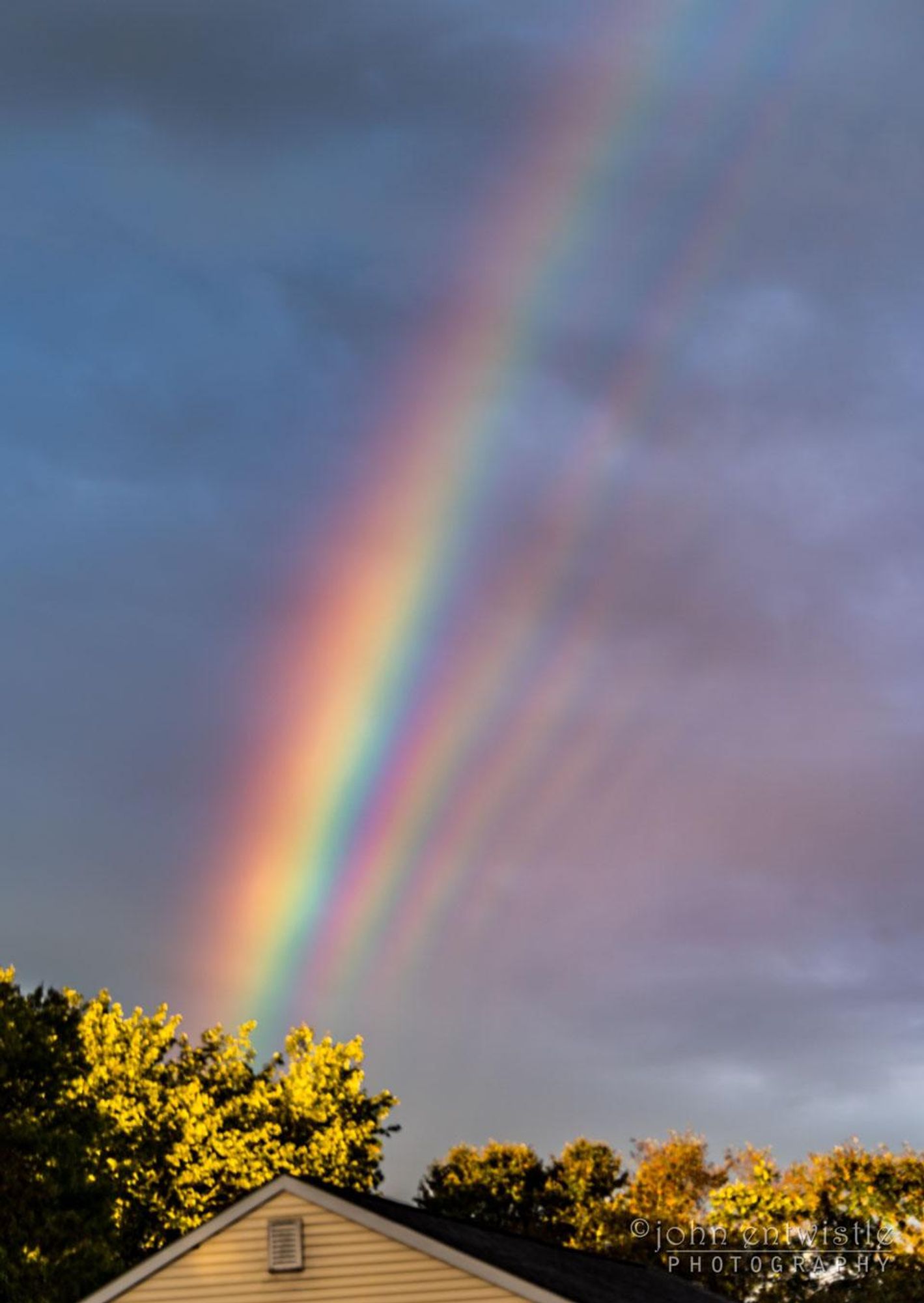
Leonids and Friends Source: https://apod.nasa.gov/apod/ap151120.html #Leonideteors #MeteoShower #Comet55PTempeTuttle #NghtSky #Asronomy #Stagazing#Orion #Southernntario #BackyardObsevatory #Taurideteors #Freball#Space #CosmicDust

Astronomy Picture of the Day Title: The Long Tails Comet Tsuchinshan-ATLAS Source: https://apod.nasa.gov/apod/ap241007.html
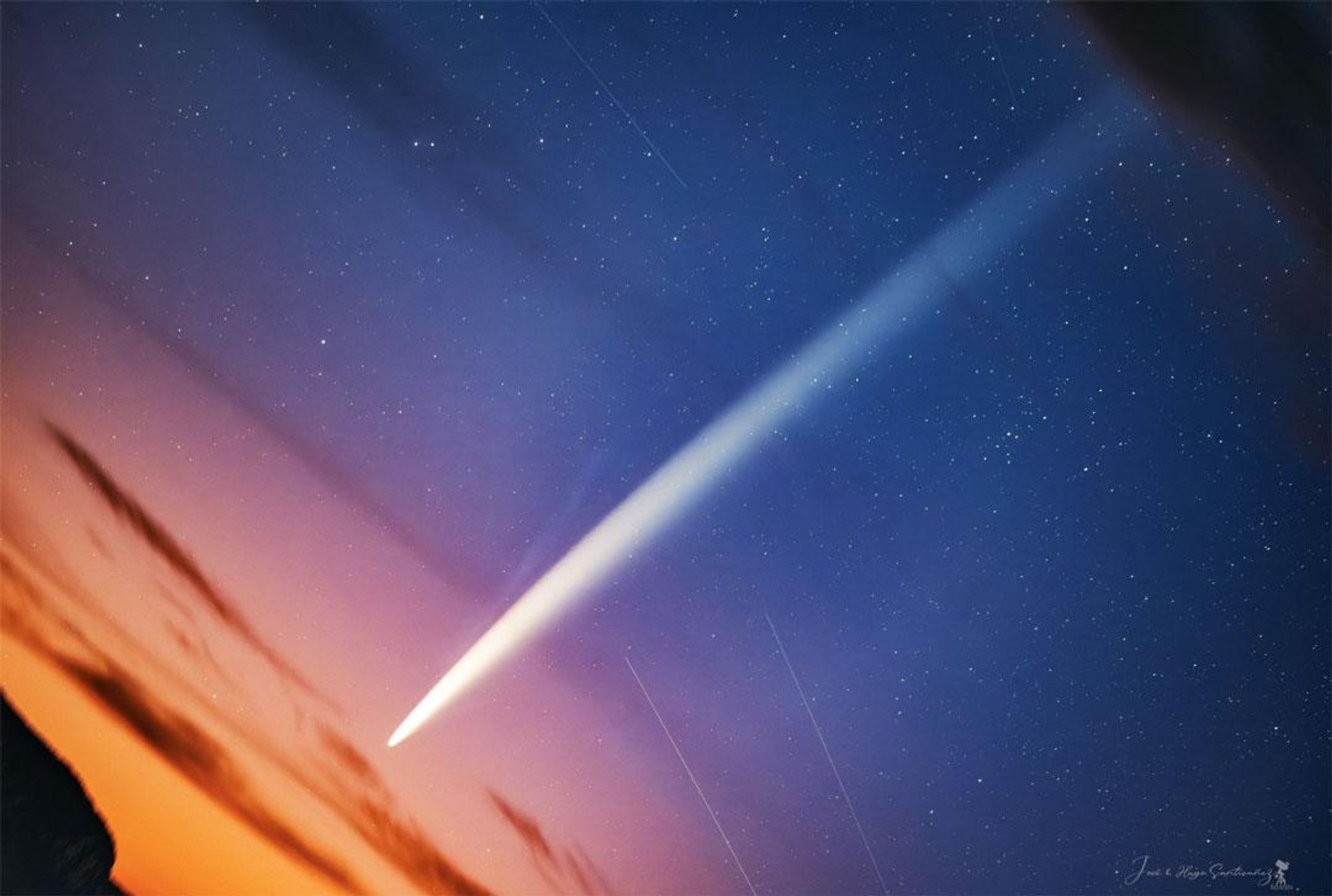
Colors of Mercury Source: https://apod.nasa.gov/apod/ap130301.html #ercury #MESENGER #SolaSystem #Planetarycience #SpaceExplration #Astrohysics #Asronomy #CalorsBasin Crater Impact #VolcanicAtivity #LunrMaria #Space
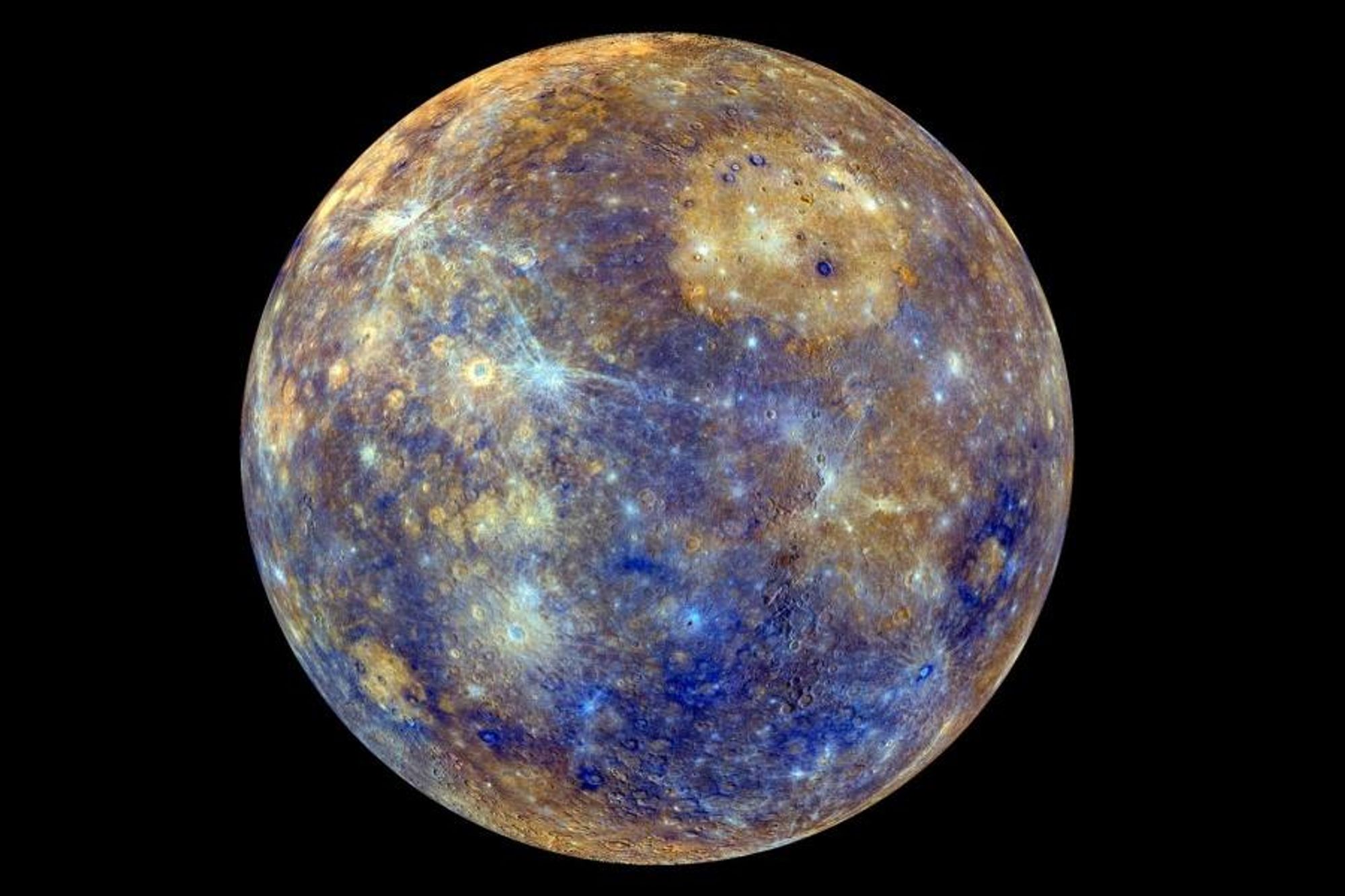
The Long Tails Comet Tsuchinshan-ATLAS Image Credit & Copyright: Jose Santivañez Mueras apod.nasa.gov/apod/ap24100...
